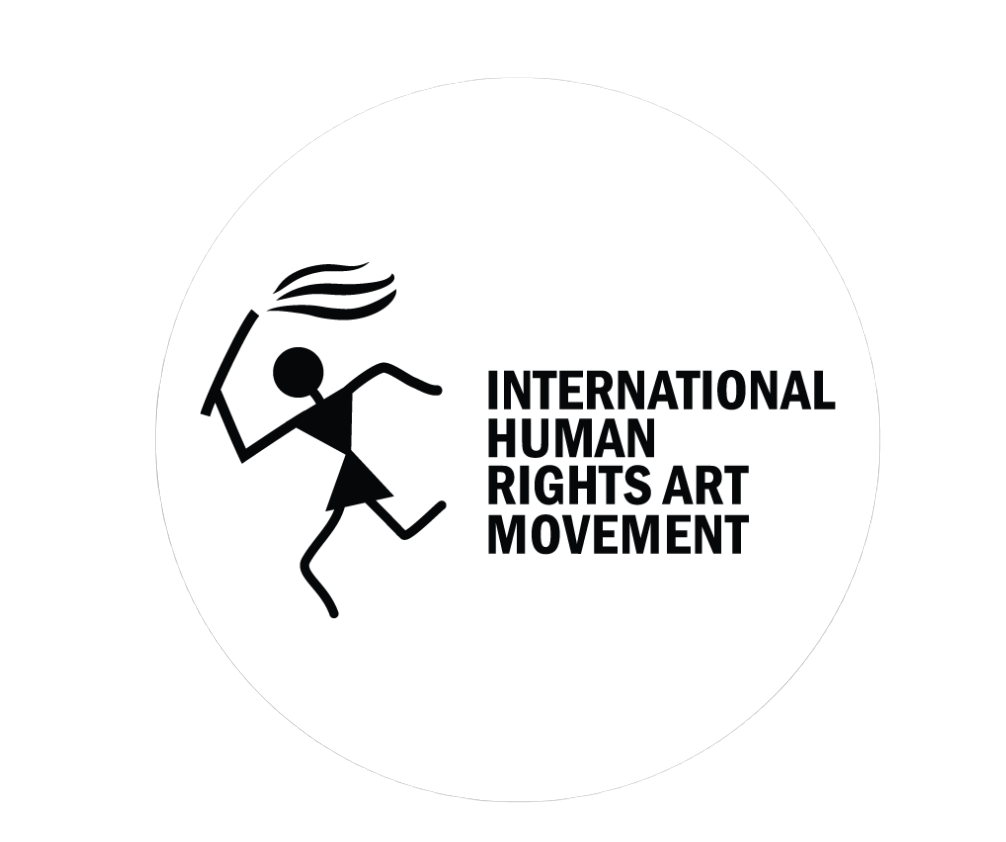“Yellow”
Creators of Justice Award 2021 | First Prize (Youth): Short Story
Harsimran Kaur (b. 2004) is an author of The Best I Can Do Is to Write My Heart Out, I am Perfectly Imperfect, and Clementines on My Poetry Table. Currently a senior in high school, she is a record holder under the India Book of Records and Asia Book of Records for her first publication at fourteen. She is also the founder of Pastlores, an online club dedicated to literature, and an arts organization called The Creative Zine. She has also been awarded a Gold Award for her entry in the Queen's Commonwealth Essay Competition 2021 by the Royal Commonwealth Society. When she's not writing or reading, she can often be seen teaching invisible students. You can know more about her ventures at www.harsimranwritesbooks.com/.
I’ve lived my entire life in the west of Lithuania, where I was born on the brightest day of the week, Sunday. Because I was born on that day, my grandma started calling me Saulė.
“But Saulė is very feminine, grandma,” I told her one day, to which she replied nothing but filled her face with a curve, meaning the conversation was over.
My cousin brother, Darius, who came from the West to visit my family and me in Lithuania in 1998, told me that my name means light.
He also told me that because of his synesthesia, Lithuania is grey.
“No, Lithuania is yellow, Darius,” I corrected him.
“You see these flowers? The Sun? It’s yellow, Darius.” I told him, pointing to a yellow flower that had grown in a little crack on the concrete floor.
“The Sun is yellow, everywhere, you stupid.” He says. And the conversation was over.
In my painting class, I’d always painted the Lithuanian Sun a bright yellow. Maybe Darius doesn’t see the world that I saw. Perhaps he doesn’t view the world in the light that I did. Maybe I found something yellow in the concrete buildings that looked as if they’d been hit by tornados once or twice. Perhaps the fire that burnt in them - in the hearts of these empty buildings, by the tired workmen dosing off in these mundane cocoons, in winters where they’d be too cold to speak to each other, had something in common. Maybe the yellow fire is a reminder of their unity. And that ten dollars a month was a decent amount of pay that they received. That it sufficed for bread and butter.
I, along with my grandma, dad, mama, and Matis, lived in a similar concrete building in 1990. Matis, my dearest friend from around the block, whose father died in the oppression of the Soviets, hated fire.
When his father was returning from work (he worked as a motor mechanic) one day, two soldiers, who were probably looking for women for an act of adulting in the town, were walking past his dad, killed him in an instant by shooting a bullet on his chest because he looked too “approachable.” The same night, someone set their field ablaze on fire and ran away. The same field where his mother worked in the scorching heat of the sun was now infertile.
From that day on, Matis said that he hated fire. He said he was scared of its existence. He said it was too yellow and raw. He said that it eats people and things alive.
In the half-finished and four-story apartment building made of concrete, which was soon becoming our home, day by day, where Matis and I played invisible doors and tables, where my labrador, Giallo, meaning yellow, gave birth to five other dogs one day, where the sunlight leaked through the roof and the day yawned open in an awakening, where the light flickered on and off because it was afraid of the darkness of the night, started to become a ground for drug dealers one day.
They used to come in the nocturnal hour past midnight and saunter away before three in the morning.
In an unnoticed part of western Lithuania, which was once a place where the shylo gang “ruled” and where we lived, it was not a very safe place for anyone. Sure, a mayor took care of things, but along with the shylo gang, he had to do so. So those who lived there were either prisoners freed from jail because there wasn’t enough to feed them or tired workmen like my father, who couldn’t afford to live in an actual house, courtesy of bankruptcy.
These unwelcomed visitors, the drug dealers, would often come to the first floor to exchange drugs and, sometimes, women. We’d hear screams from downstairs, fists pumping onto the wall, talks of how they got away after raping women and men. When we would hear loud voices, or sometimes music coming from downstairs, my mother would ask Matis and me to count up to ten, seven times, to put us to sleep. She did so to make our eyes go blind to the concrete building and our ears go deaf to the noise coming from downstairs. I assumed that the people downstairs were unaware of our existence since they never came upstairs to us. The staircase to the second floor was steep and often went unnoticed at first glance because of how narrow and tucked away it was, anyway.
However, one night, when father had gone out of town to get surgery on his eyes (because the doctors said he might become blind due to building stress affecting his eyesight), and grandma, mama, I, Gaillo, and Matis were the only ones on the second floor, we heard feet rushing upwards from the staircase and stopped breathing for a second. Even Gaillo didn’t bark. Then, the footsteps stopped, and I slept out of scaredness.
That morning, when I woke up, I saw mother and grandma crying.
Matis was fast asleep behind me, so I woke him up. We all sat on the bare concrete floor, looking at the bright sun and his light, without saying a word. We knew that something had occurred. The concrete floor, where my mother sat, had a pool of blood that she was now clearing up with wet paper.
That day, when I took Gaillo out for a walk, later in the evening, and Matis had gone to visit a relative in the eastern part of the town, I stopped by a gate of a fancy-looking house because Gaillo wanted to suddenly pee. Looking over the white-colored picket fence, I saw a boy of five or six sitting on his porch. I eyed his drawing satchel and blank notepad where he was coloring the drawing of a sun with a grey crayon.
“Why are you coloring it with grey?” I asked him, looking in his direction.
“I didn’t have any other colors.” He replied, and I walked away with my dog named Gaillo, meaning yellow, saying nothing.

